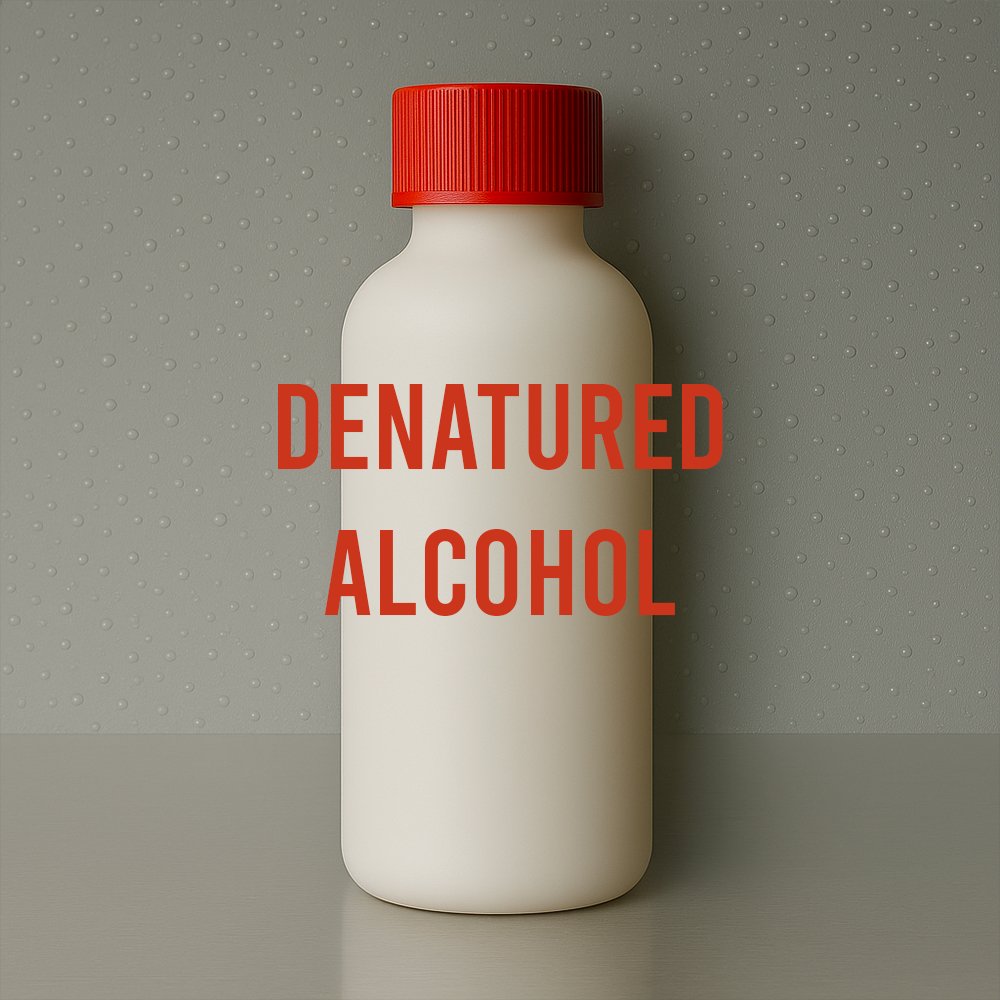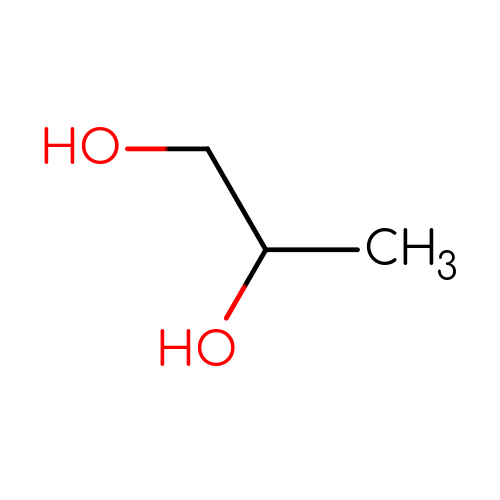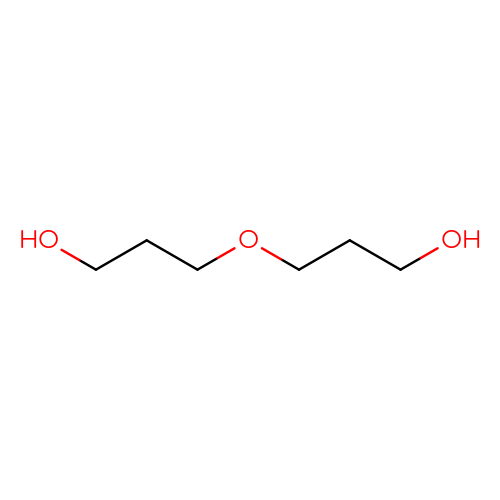Denatured Alcohol
Solvent for Perfumery, Cosmetics, Pharmaceuticals and Industrial Cleaning
Ethyl Alcohol 96° Denatured is a high-purity, colorless ethanol solution rendered non-consumable through the addition of denaturants such as denatonium benzoate or isopropyl alcohol. Synthesized by fermentation or synthetic hydration of ethylene, this highly volatile solvent plays a critical role in fragrance formulation, cosmetic production, sanitization, and laboratory processes. It evaporates quickly, leaving no olfactory residue, and complies with EU Regulation 2017/1112 on denaturation procedures.
Functional Solvent Overview
🔎 Chemical Name: Ethanol (denatured)
🧪 Synonyms: Alcohol Denat., Denatured Ethanol, EtOH
🧬 Chemical Formula: C₂H₆O
📂 CAS N°: 64-17-5
📘 FEMA: 2419
⚖️ MW: 46.07 g/mol
📝 Odor Type: Neutral (volatile alcohol base)
📈 Odor Strength: High volatility
👃🏼 Odor Profile: Neutral, evaporative, non-residual
⚗️ Uses: Solvent, Carrier, Sanitizer
🧴 Appearance: Clear, colorless liquid
What is Denatured Ethyl Alcohol 96°?
Denatured ethanol is a regulated form of ethyl alcohol treated with additives that make it unsuitable for human consumption while retaining its solvent functionality. Typically, denaturants such as denatonium benzoate or isopropyl alcohol are used to meet legal requirements, particularly in the EU under Regulation (EU) 2017/1112. The resulting product is chemically stable, highly volatile, and extensively used in non-ingestible formulations. Industrial ethanol is produced either by fermentation of carbohydrates or via synthetic hydration of ethylene.
Historical Background
Since the 19th century, denatured alcohol has allowed manufacturers to use ethanol in industrial and cosmetic applications without incurring excise taxes associated with potable alcohol. Its regulation evolved to ensure safety while preserving solvent efficacy. Today, denatured ethanol remains the standard alcohol base in perfumery and hygiene products across regulatory jurisdictions.
Olfactory Profile & Perfumery Applications
Denatured ethanol does not contribute to the olfactory character of a fragrance but plays a central functional role:
Solubilizes aromatic compounds and essential oils
Acts as a volatile vehicle for quick evaporation on skin or surfaces
Enhances projection and diffusion of top notes
Ensures uniform scent dispersion in hydroalcoholic bases
Commonly used in eaux de toilette, eaux de parfum, hair perfumes, room sprays, and roll-ons, it provides clean, fast evaporation and effective delivery of aromatic materials without altering their perception.
Industrial & Technical Uses
Cosmetics: Fragrance base, astringent, and carrier in lotions and deodorants
Pharmaceuticals: Instrument disinfectant and antiseptic
Surface Sanitization: Effective on non-porous materials
Household and Lab Use: Solvent, glass cleaner, degreaser
Its volatility and microbial activity make it ideal for fast-drying formulations and sterilization purposes.
Regulatory & Safety Overview
IFRA: Not restricted for perfumery use when denatured appropriately
EU Denaturation: Compliant with (EU) 2017/1112
CLP Regulation: Classified under Regulation (EC) No 1272/2008
UN Number: 1170
ADR Classification: Class 3 – Flammable Liquids, Packing Group II
Hazards: Flammable liquid and vapor; use with proper ventilation
Flash Point: ~13°C
Environmental Impact
Ethanol is readily biodegradable and does not bioaccumulate. When handled and disposed of responsibly, its environmental footprint is minimal. Due to its volatility and flammability, safe storage and controlled use are essential to minimize risk of fire or vapor exposure in production environments.
Additional Information
INCI Name: Alcohol Denat.
EINECS: 200-578-6
Alcohol Content: 96% v/v
Boiling Point: ~78.5 °C
Density @ 20°C: ~0.81 g/cm³
Solubility: Miscible with water and most organics
Purity: Free from fragrances and colorants unless customized
Volatility: High; fast-drying on skin and surfaces
Standard Denaturants: Denatonium benzoate, tert-butyl alcohol, isopropanol (formulation-dependent)
Sources
Scentspiracy-provided source
Regulation (EU) 2017/1112
IFRA Standards Library (2022)
PubChem Database – Ethanol
FEMA GRAS Database
Sell, C. (2006). The Chemistry of Fragrances
European Chemicals Agency (ECHA)





